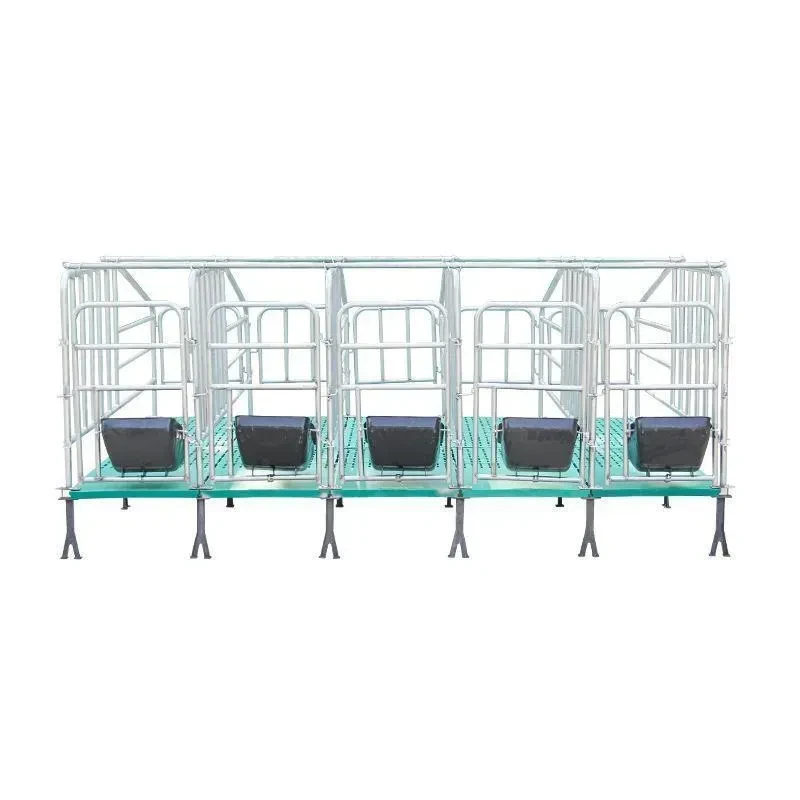Large Bag Vacuum Sealer for Efficient Packaging Solutions
Dec . 18, 2024 21:30 Back to list
Large Bag Vacuum Sealer for Efficient Packaging Solutions
The Big Bag Vacuum Packaging Machine Revolutionizing Food Preservation
In today’s fast-paced world, food preservation has become a priority for both households and businesses. The need to maintain freshness, extend shelf life, and minimize waste has led to the rise of advanced packaging technologies. Among these innovations, the big bag vacuum packaging machine stands out as a transformative tool for various industries, particularly in food processing and storage.
What is a Big Bag Vacuum Packaging Machine?
A big bag vacuum packaging machine is designed to package large quantities of products, typically in bags that can hold several kilograms or more. Unlike smaller vacuum sealers used in households, these industrial-grade machines are engineered for high volume and efficiency. They operate by removing air from the packaging, thus creating a vacuum seal that prevents oxidation and microbial growth. This process significantly extends the shelf life of products, protects against spoilage, and preserves nutritional value.
Benefits of Vacuum Packaging
The advantages of using big bag vacuum packaging machines are manifold
1. Extended Shelf Life By removing air from the packaging, vacuum sealing effectively slows down the degradation processes caused by oxidation and the growth of bacteria. Products can remain fresh for months or even years, allowing businesses to reduce food waste significantly.
2. Reduced Spoilage The vacuum-sealed environment inhibits the growth of mold, yeast, and bacteria. As a result, perishable items such as vegetables, meats, and dairy products can be stored for longer periods without spoilage.
3. Cost-Effective For bulk producers, reducing waste means enhanced profitability. Large quantities can be packaged efficiently, allowing for better inventory management and cost savings in transportation and storage.
4. Improved Food Quality Vacuum packaging maintains the original texture, flavor, and color of food products. This is particularly beneficial for gourmet items or organic produce where quality is paramount.
5. Versatility These machines can be used for various products beyond food, including pharmaceuticals, chemicals, and electronics. Their adaptability makes them valuable assets in many sectors.
Applications in Various Industries
big bag vacuum packaging machine

The versatility of big bag vacuum packaging machines enables their use across multiple industries
- Food Processing The agriculture sector benefits significantly, where grains, nuts, and pulses can be packaged in bulk for distribution without the risk of spoilage. Meat processing facilities utilize these machines to extend the freshness of meats for longer shelf life.
- Retail Supermarkets use vacuum packaging to sell bulk items, maintaining freshness without the need for preservatives. Ready-to-eat meals packaged in vacuum-sealed bags are also gaining popularity among consumers looking for convenient options.
- Manufacturing and Distribution Industries that deal with sensitive products, like electronics or pharmaceuticals, rely on vacuum packaging for protection against moisture, dust, and physical damage during transportation.
Choosing the Right Machine
When selecting a big bag vacuum packaging machine, several factors must be considered
1. Capacity Determine the volume of products you need to package regularly. Machines come in various sizes, so choose one that aligns with your business needs.
2. Speed For high-volume operations, higher-speed machines can save valuable time and increase productivity.
3. Ease of Use Consider user-friendly features such as automatic settings and easy-clean designs that reduce downtime and maintenance efforts.
4. Durability Since these machines are investments, opt for robust and reliable models that can withstand the rigors of frequent use.
Conclusion
The big bag vacuum packaging machine is an invaluable tool for modern food preservation and packaging strategies. Its ability to enhance shelf life, reduce waste, and improve the quality of products makes it an essential addition to any production or packaging line. As businesses continue to focus on efficiency and sustainability, investing in such technology can lead to significant benefits both economically and environmentally.
-
Automatic Feeding Line System-Pan Feeder Nipple Drinker|Anping County Yize Metal Products Co., Ltd.
NewsJul.29,2025
-
Hot Sale 24 & 18 Door Rabbit Cages - Premium Breeding Solutions
NewsJul.25,2025
-
Automatic Feeding Line System Pan Feeder Nipple Drinker - Anping County Yize Metal Products Co., Ltd.
NewsJul.21,2025
-
Automatic Feeding Line System Pan Feeder Nipple Drinker - Anping County Yize Metal Products Co., Ltd.
NewsJul.21,2025
-
Automatic Feeding Line System - Anping Yize | Precision & Nipple
NewsJul.21,2025
-
Automatic Feeding Line System - Anping Yize | Precision & Nipple
NewsJul.21,2025






